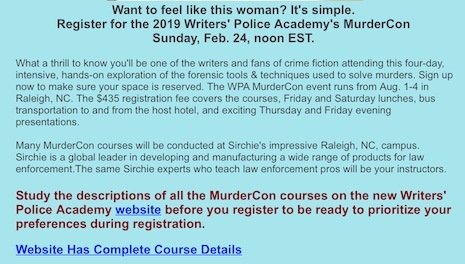Regarding DNA and saliva, I’d like to note that it is indeed possible to expel DNA when coughing or sneezing. However, the fact that it’s possible doesn’t mean it’s always found, just that it could be. And, if found, it could be the DNA of someone other than than a suspect or victim, such as cop or lab scientist who was involved in the collection or testing of the evidence. Here’s why …
First, in the lab, to tell the difference between saliva and sputum, scientists look for epithelial cells. These cells have a nucleus, and within a nucleus DNA is found. Saliva is almost always present in the mouth, especially when we are awake. When we sneeze saliva and the DNA contained within is expelled.
FYI – Lab scientist/techs scan collected sputum samples for the presence or absence of white blood cells. White blood cells, not red, indicate infection. The presence of epithelial cells from saliva indicates the sample is contaminated with saliva, which would result in improper test results. Sputum is tested for respiratory tract infections.
By the way, red blood cells (erythrocytes) have/contain no nucleus nor do they contain mitochondria. Therefore, red blood cells do not contain DNA because there’s no nucleus in the cells.
Those of you who attended the WPA when world-renowned DNA expert Dr. Dan Krane presented a fantastic session on DNA evidence, may remember when he mentioned how DNA evidence is sometimes contaminated, such as using fingerprint brushes or gloves from one scene to process evidence in an entirely different location. DNA could be transferred using those items. He also pointed out instances where coughing or sneezing could distribute DNA to the surface of an item being processed. (Dr. Krane is a former colleague of my wife, Denene)
On with DNA and Sneezing
As an example of evidence contamination via sneezing, when discussing the Jon Benet Ramsey case, Dr. Krane says, “The DNA in tests could be there because of a contact that was weeks, months, even years before the crime occurred. It’s not possible to make inferences about the tissue source here. We can’t say that it came from semen or saliva or blood or anything. What if one of the medical examiners sneezed on one of these articles of clothing and it came into contact with the other one? There are just so many possibilities.”
Additionally, from another source, “It is extremely easy to contaminate biological samples; this can occur by failing to change gloves or clean instruments properly, failing to wipe down benches properly between testing, or by sneezing or even talking over a sample (Buckleton et al 2005:277).”
And, from the National Institute of Justice:
Contamination
Because extremely small samples of DNA can be used as evidence, greater attention to contamination issues is necessary when identifying, collecting, and preserving DNA evidence. DNA evidence can be contaminated when DNA from another source gets mixed with DNA relevant to the case. This can happen when someone sneezes or coughs over the evidence or touches his/her mouth, nose, or other part of the face and then touches the area that may contain the DNA to be tested.
To avoid contamination of evidence that may contain DNA, always take the following precautions:
- Wear gloves. Change them often.
- Use disposable instruments or clean them thoroughly before and after handling each sample.
- Avoid touching the area where you believe DNA may exist.
- Avoid talking, sneezing, and coughing over evidence.
- Avoid touching your face, nose, and mouth when collecting and packaging evidence.
- Air-dry evidence thoroughly before packaging.
- Put evidence into new paper bags or envelopes, not into plastic bags. Do not use staples.
From the U.S. National Library of Medicine/National Institute of Heath/The National Center for Biotechnology Information (NCBI):
4.2. Contamination
For DNA studies, one of the greatest laboratory barriers is the contamination of genetic material from other sources (e.g., from the examiner and other biological evidence). Contamination may occur during the sexual contact (e.g., if there is more than one perpetrator), during the period between the sexual contact and the FME, during the FME, and in the laboratory. In order to avoid it, examiners should take special precautions to prevent cross-contamination between evidences. For this purpose, it is important:
- to work under aseptic conditions to avoid microbial contamination;
- to always use disposable supplies to ensure individual protection (e.g., gowns, powder-free gloves, mask, or other protective clothing) and to avoid direct contact with the samples;
- to ensure that the room where FME takes place is regularly cleaned before and after patient use;
- to avoid sneezing, coughing, or talking over the samples;
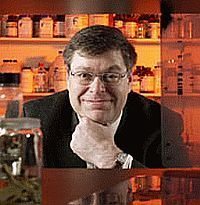
Dr. Krane is one of the world’s foremost DNA experts, testifying worldwide as an expert witness in well over 100 criminal trials, in which DNA evidence was presented, such as the Jon Benet Ramsey case. He’s been involved as a top expert in other high-profile cases such as the DC Snipers, OJ Simpson case, and the infamous Monica Lewinsky/Bill Clinton “blue dress,” to name only a few. Dan also developed software that’s used in genetic analyzers, the devices used by scientists who conduct DNA tests.
My other source, in addition to our good friend Dr. Dan Krane, is, of course, my resident renowned expert, Dr. Denene Lofland.
Denene received a Ph.D. in Pathology, with an emphasis in microbiology, from Virginia Commonwealth University School of Medicine. As a former biotech company director, Denene managed successful clinical projects that resulted in regulatory filings of four compounds and FDA approval for two new antimicrobial drugs for the treatment of pneumonia and cystic fibrosis. The drugs are currently on the market.
Denene supervised several projects, including government-sponsored research which required her to maintain a secret security clearance. Her areas of expertise include medical microbiology, bioterrorism, and new drug discovery development. She has published numerous articles in a variety of peer reviewed scientific journals, contributed to the thirteenth edition of Bailey and Scott’s Diagnostic Microbiology, a textbook standard used in colleges and universities, published an article about anthrax in Police One magazine, and she has an upcoming tale in the Writers’ Police Academy’s anthology, After Midnight, Tales From the Graveyard Shift (edited by Phoef Sutton with foreword by Lee Child) ~ Level Best Books, publisher
Currently, Denene is an Associate Professor of Medical and Molecular Sciences at the University of Delaware. She also taught medical microbiology to medical students at a medical college in California. In her early days, prior to becoming a mad scientist, she managed the lab in a large, major hospital.
Over the years, I was fortunate to have the experience of witnessing Denene and her teams, and Dr. Krane’s team, perform numerous DNA testings using both gel electrophoresis and DNA Sequencers/Genetic Analyzers. I was once treated to conducting a test of my own in one of Dr. Dan Krane’s labs, an entire DNA test from extraction of sample to final result. I ran the test on the DNA of a strawberry, but hey, the process is the same as when using human samples. The strawberry was innocent, by the way.
Again, the fact that DNA is present in saliva, it doesn’t mean DNA is always found when someone sneezes or coughs, or talks over evidence (it’s even been found in traces of saliva found on a public phone receiver), just that it’s possible and that it does occur.
DNA Testing: The Process
The first step in the testing process is to extract DNA from the evidence sample. To do so, the scientist adds chemicals to the sample, a process that ruptures cells. When the cells open up DNA is released and is ready for examination.
DNA is actually visible to the naked eye. The slimy glob in the center of the circle below is DNA.
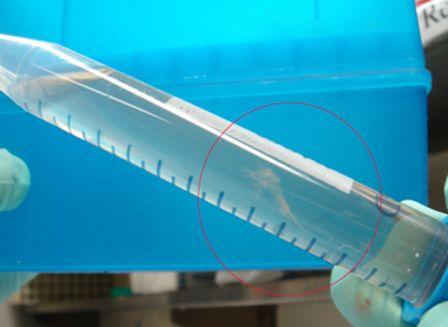
DNA is tested in devices like the one below. They’re called genetic analyzers. This particular device is located in one of Dr. Dan Krane’s laboratories.
DNA is loaded into wells inside the genetic analyzer. There are 96 wells in the gray, rectangular block shown below (inside the analyzer).
An electric current separates the DNA, sending it from the wells through narrow straw-like tubes called capillaries. During its journey through the analyzer, DNA passes by a laser. The laser causes the DNA loci (a gene’s position on a chromosome) to fluoresce as they pass by, which allows a tiny camera to capture their images.
The image below shows DNA’s path through the genetic analyzer (wells are on the left; capillaries are the arcing lines leading to laser and camera on the right).
Capillaries
Doctor Stephanie Smith points to the row of eight capillaries, one for each well in the corresponding line of wells (12 rows of 8 wells).
At the end of the testing, the equipment produces a graph/chart called an electropherogram.
Peaks on the graph depict the amount of DNA strands at each location. It is this unique pattern of peaks and valleys that scientist use to match or exclude suspects.
Or, in the case of paternity testing, to include or exclude someone as a parent.
The image below is an electropheragram showing the DNA of a strawberry.
Electropheragams are printed and it is this document that’s examined by experts for use in the ID/comparisons of sample contributors, such as suspects and victims.
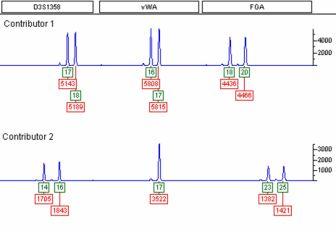
Remember above when we discusses sneezing, coughing, and/or talking over DNA evidence? Well, here’s a DNA test result (electropheragram) of a contaminated sample, a mixture of DNA found on the body of a rape victim. The evidence was contaminated to the point that it was impossible to tell/prove whether or not Contributors 1 or 2 were involved in the assault. Notice that the peaks in the mixture do not quite match either suspect’s DNA.
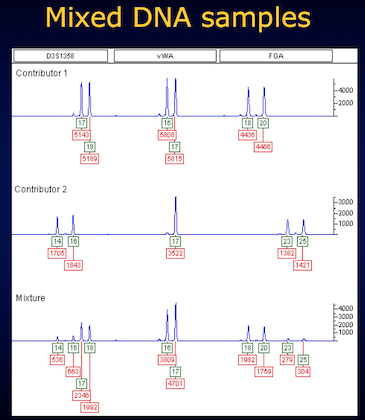
Electropheragram showing tested DNA of two subjects, and a mixture of DNA collected from a victim. Results showing a mixture make it difficult to point to any one suspect, or if someone other than the suspect and victim contaminated the sample.
The image below shows a clear match between the DNA of the victim and suspect. The suspect was clearly in contact, in some way, with the victim.
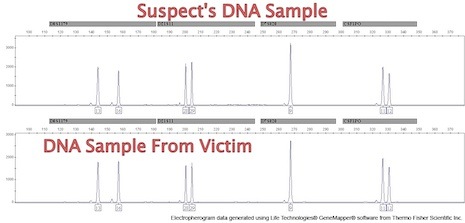
DNA Facts:
Identical twins have identical DNA.
Humans are genetically 99.9% identical. Only 0.1% of our genetic makeup is different.
It takes about eight hours for one cell to copy its own DNA.
Red blood cells do not contain DNA.
DNA is used to determine pedigree in livestock.
DNA is used to authenticate wine and caviar.
Detergent and Alcohol will not destroy DNA.
DNA can be transferred from article of clothing to another, even in a washing machine. This is called secondary and tertiary transfer.
DNA testing is not 100% accurate.
*My thanks to Dr. Stephanie Smith and Dr. Dan Krane for allowing me to hang out in their labs to take the above photos.
*Thanks, too, to the good folks at crimescenewriter for the idea for this post.

Have you reserved your spot at MurderCon? If not, there’s still time to do. Sign up today to attend this rare hands-on training event!
In the meantime, here’s a peek at the 2019 MurderCon instructors and speakers. The lineup is stellar!


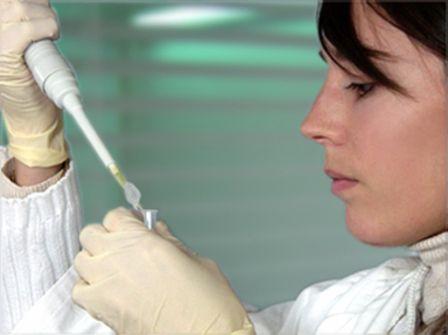

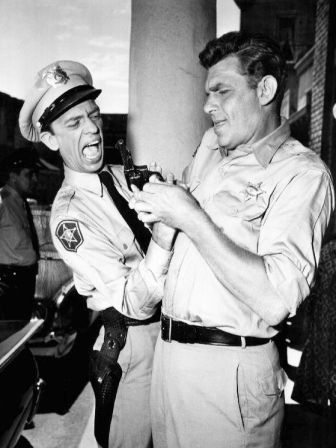
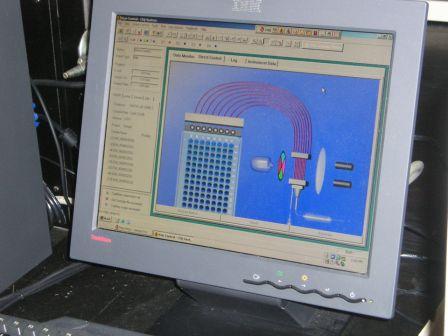

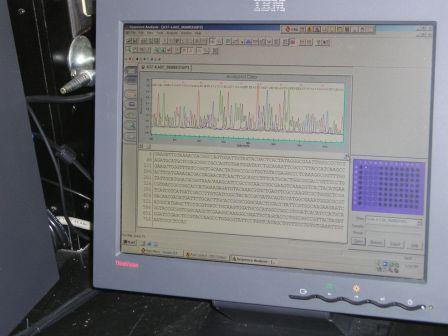
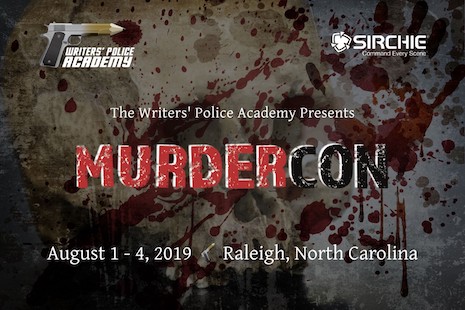
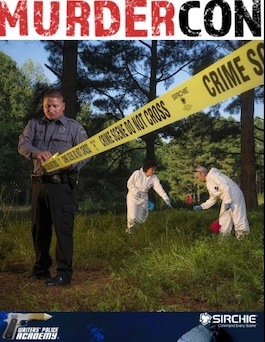

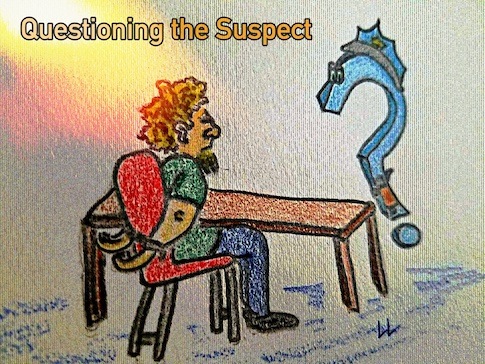 Q. Can anyone be trained to be an effective interrogator or are certain inherent personality traits and talents essential for success?
Q. Can anyone be trained to be an effective interrogator or are certain inherent personality traits and talents essential for success?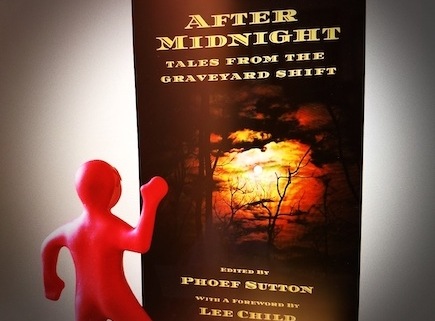



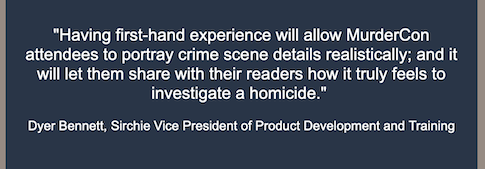

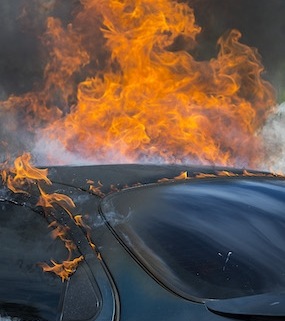

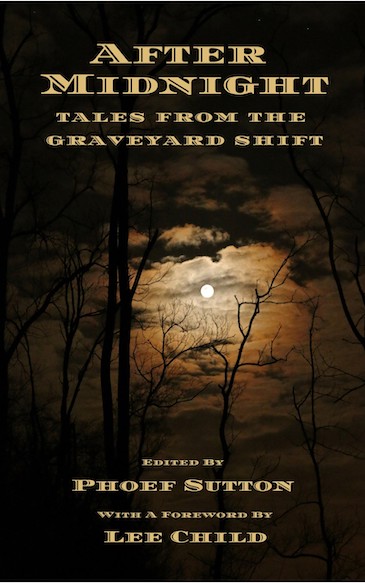


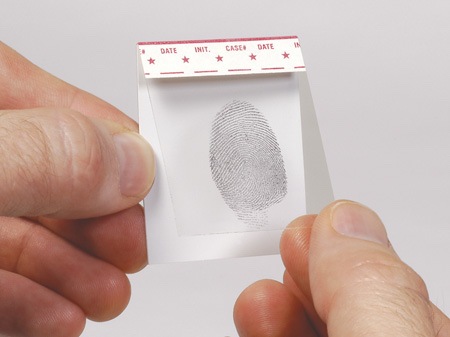


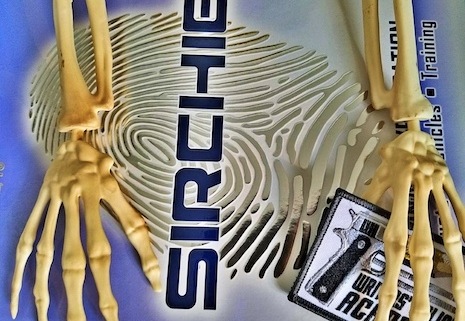
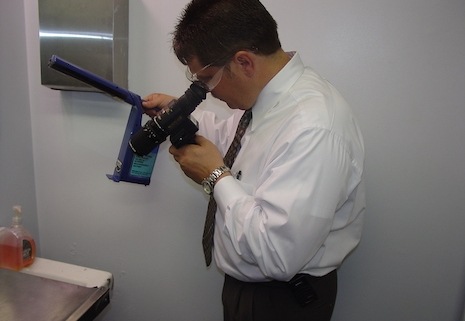
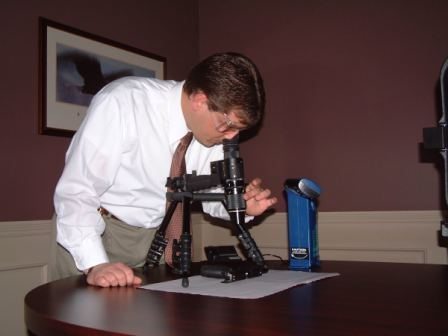
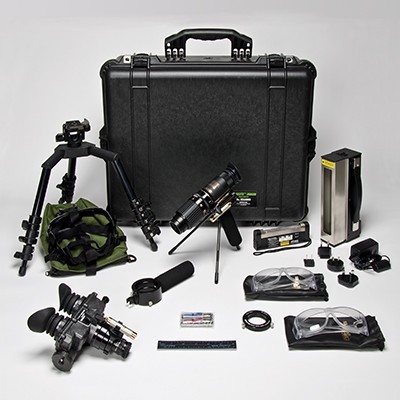
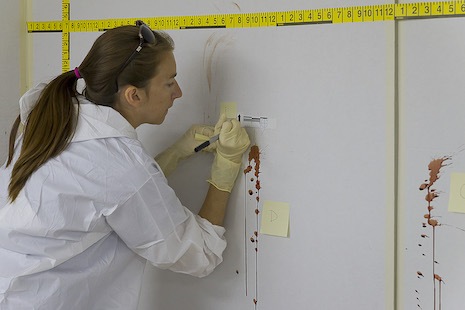


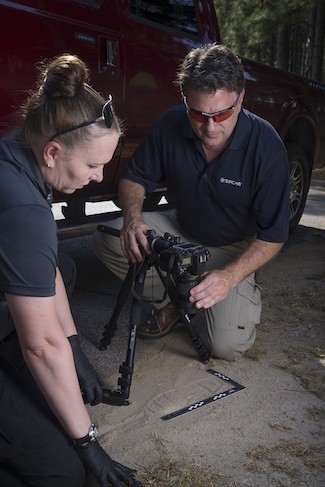
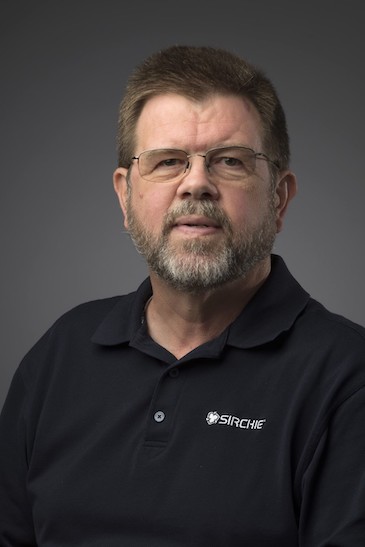 One of the key investigators involved in the Polly Klaas investigation was David Alford, a Sirchie and MurderCon instructor.
One of the key investigators involved in the Polly Klaas investigation was David Alford, a Sirchie and MurderCon instructor.

